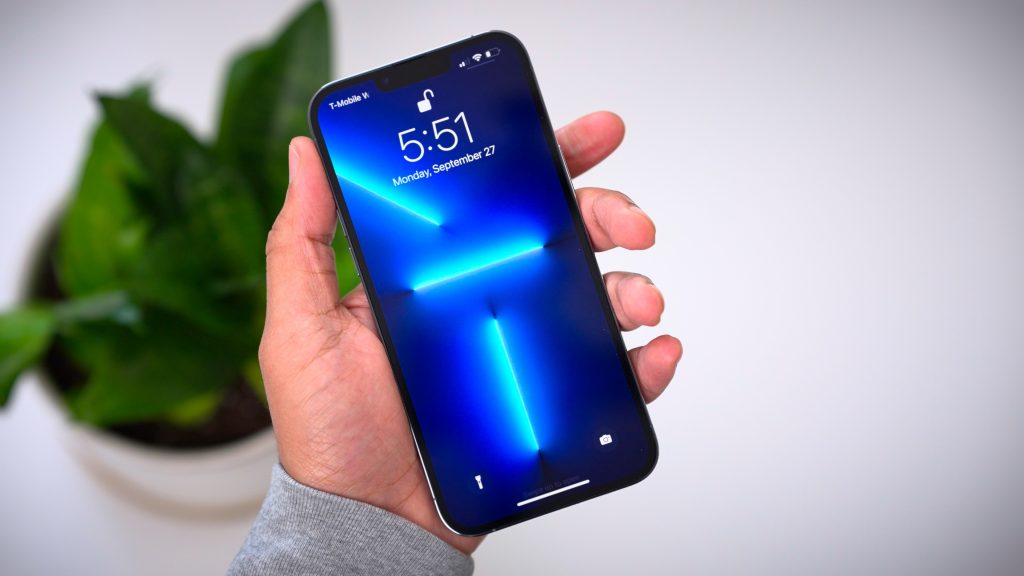
A groundbreaking security assessment of iOS find my team discovered a new attack surface that allows hackers to tinker with the firmware and load malware onto a Bluetooth chip that runs while the iPhone is turned off.
When adopting a “power reserve” Low Power Mode, the process takes use of the fact that wireless chips connected to Bluetooth, Near-field communication (NFC), and ultra-wideband (UWB) continue to operate when iOS is turned off (LPM).
While this is done to enable features like Find My and facilitate Express Card transactions, academics from the Secure Mobile Networking Lab (SEEMOO) at the Technical University of Darmstadt said in a paper titled “Evil Never Sleeps” that all three wireless chips have direct access to the secure element.
“The Secure Element (SE) in the NFC chip is hardwired to the Bluetooth and UWB chips, holding secrets that should be available in LPM,” the researchers claimed. “LPM support is built into the hardware and cannot be disabled by altering software components.
As a result, wireless components on current iPhones can no longer be trusted to switch off after shutdown. This creates a completely new threat model.” This week, the researchers will report their findings at the ACM Conference on Security and Privacy in Wireless and Mobile Networks (WiSec 2022).
The LPM features, which were introduced with iOS 15 last year, allow users to track missing devices via the Find My network even if they have run out of battery power or have been turned off. The iPhone 11, iPhone 12, and iPhone 13 are among the current devices that support Ultra-wideband.
When you turn off your iPhone, you’ll get the following message: “After powering off, the iPhone can still be found. When this iPhone is lost or stolen, Find My can help you locate it, even if it is in power reserve mode or turned off.”
The researchers described the existing LPM implementation as “opaque,” citing errors when initialising Find My ads during power down, which essentially contradicted the aforementioned statement, as well as the fact that the Bluetooth firmware is neither signed nor encrypted.
An adversary with privileged access can take advantage of this flaw to construct malware that can execute on an iPhone Bluetooth chip even when it is turned off.
However, an attacker must be able to connect with the firmware via the operating system, edit the firmware image, or gain code execution on an LPM-enabled chip over-the-air by exploiting weaknesses like BrakTooth.
